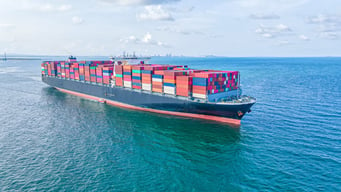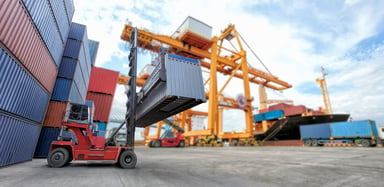
Freight Class

Home > Freight Glossary > Freight Class
Freight class plays a fundamental role in the logistics and shipping industry, particularly within the less-than-truckload (LTL) shipping sector. Determining the correct freight class is essential for managing shipping costs and ensuring efficient handling and transportation of goods.
What is a freight class?
Freight class is a standardized classification system used to determine the transportability of different types of goods. This system, established by the National Motor Freight Traffic Association (NMFTA), categorizes items based on four transportation characteristics: density, liability, handling, and stowability. Each class is represented by a number between 50 and 500, with lower numbers representing freight that is easier and less expensive to transport.
How to determine freight class
Determining the appropriate freight class involves several factors:
- Density: The space an item occupies in relation to its weight. Denser items generally have lower freight classes.
- Liability: Includes the freight’s value, propensity for theft, liability to damage, and perishability.
- Handling: Special considerations due to unusual dimensions or requirements for loading and unloading.
- Stow-ability: How easily the freight can be stowed aboard transport vehicles along with other types of cargo.
Why is freight class important?
Freight class is crucial because it helps determine shipping costs. Carriers use freight class to decide both pricing and the best method of transport for the goods, affecting the overall efficiency of shipping operations.
How to calculate your freight density?
Calculating freight density involves measuring the weight of the item and its volume. Here's how you can calculate it:
- Measure the height, width, and length of the shipment in inches. Multiply these dimensions to find the cubic inches (Height x Width x Length = Cubic Inches).
- Convert cubic inches to cubic feet by dividing by 1,728 (Cubic Inches ÷ 1,728 = Cubic Feet).
- Weigh your item and convert the weight from pounds to kilograms if necessary.
- Finally, divide the weight by the cubic feet to determine the density (Weight ÷ Cubic Feet = Density).
Freight class codes chart
The Freight Class Codes Chart is a reference that lists various commodities along with their corresponding freight classes. This chart helps shippers quickly find the freight class of their cargo based on the item's characteristics. Here is a simplified example:
-
Class 50 – Clean Freight: Lowest cost; items are dense and easy to handle.
-
Class 100 – Boxed items: Slightly higher cost; includes boxed, durable items.
-
Class 250 – Furniture: Items require more space and are less dense.
- Class 500 – Low Density or High Value: Highest cost; includes bulky, fragile, or high-value items.
Contact

Ocean Freight

Road Freight









